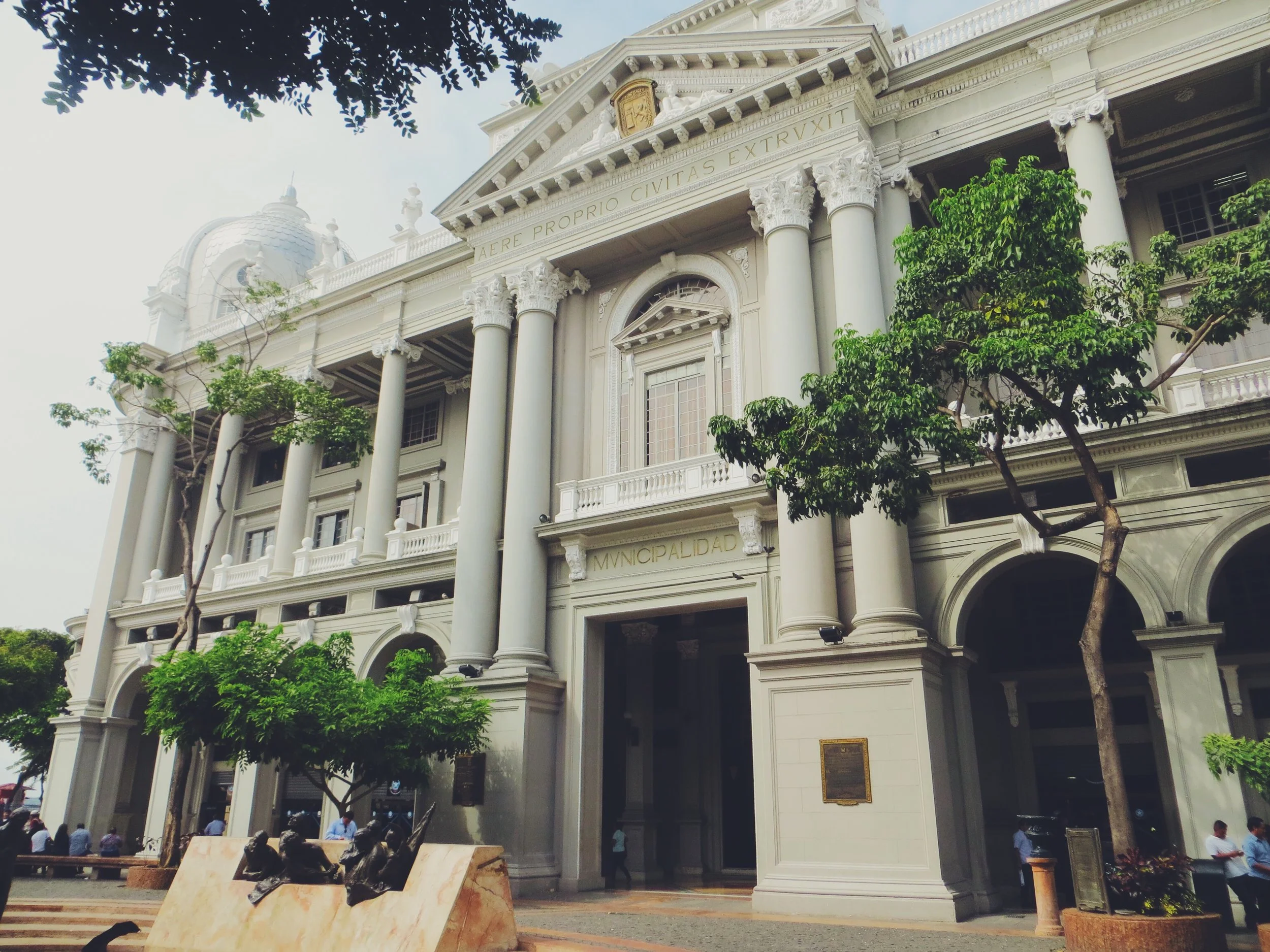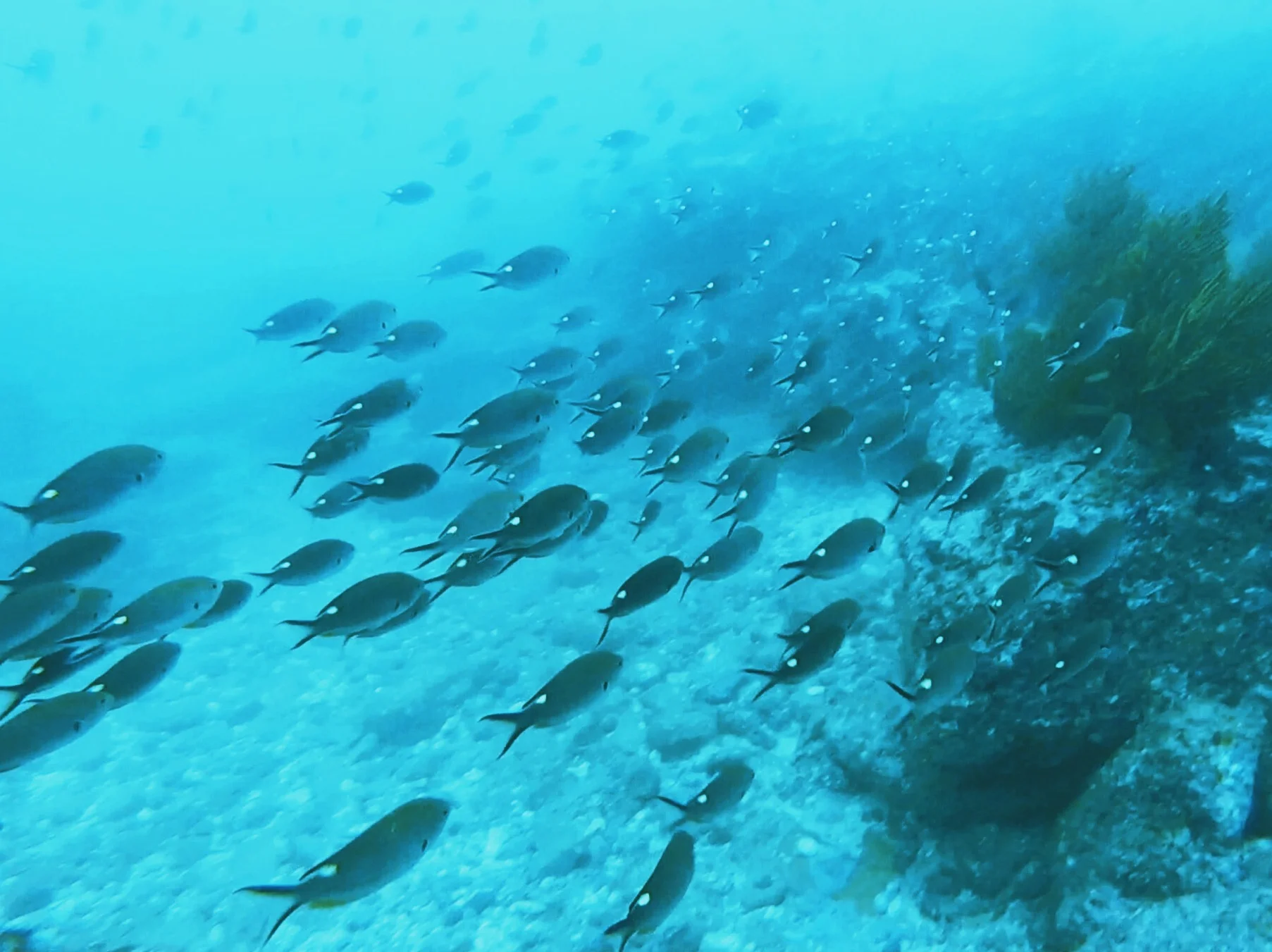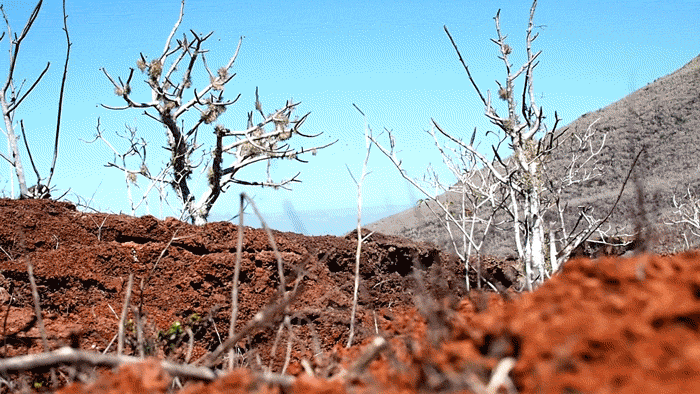Quito and Otavalo Market
The Ecuadorean capital was to be our penultimate stop before entering Colombia, we hadn't heard amazing reviews on Quito, there were a few things we were excited to experience in and around the picturesque city centre. Getting there from Montañita was fairly straight forward, and although the buses in Ecuador were definitely not the same standard of comfort compared with other South American buses, we still managed to get some sleep on the 10 hour night bus after changing at Santa Elena.
We arrived in Quito at 7.30am, and got in a cab straight to Hostel Revolution, a place we had been recommended by Marco and Angelina, a Swiss couple we had met on our Galapagos cruise. We opted for a private room, which was needed after a long tiring journey. The hostel itself was beautifully clean and run by a Dutch lady who was very informative on things to do in and around Quito, including getting to the Middle of the World site and Otavalo market. That evening we headed to Bandido Brewing, an old church that had been converted into a bar serving great beer and tacos.
The following day we headed into the beautiful historic city centre where we visited the lively Plaza de la Independencia, the Plaza de San Francisco and the many churches around the area. We went for a quick coffee at Cafe del Fraile on the second floor of the very quaint Centro Comercial Palacio Arzobispal, before heading to the amazing gold-clad Iglesia de La Compañía de Jesús ($5 entry, no photography!).
We finished our Quito church tour with the impressive Basilica del Voto Nacional, a 19th-century church featuring ornate neo-Gothic styling and Amazonian gargoyles depicting sharks, monkeys, jaguars and other iconic species.
We then wandered through the colourful cobbled streets of the old town, including Calle La Rhonda, which was filled with craft shops and cafes. After a morning of exploring the centre of Quito we decided to venture into the Mercado Central for a traditional but fairly basic (and cheap!) Ecuadorian lunch of rice, chicken and soup. After lunch we walked to the commercial centre of Quito, which was more edgy than the historic centre, but had a nice park to wander through on the way back to our hostel.
The following day we decided to visit one of the main attractions of the city: the Teleferico De Quito that takes you from the edge of the city centre up to the panoramic lookout point on the east side of Pichincha Volcano. To get there we took a taxi (which was advised) to the base of the cable car where we bought our tickets to the top. The ride took about 20 minutes, where we were given an incredible view of the expansive city that stretched across the long valley as far as the eye could see.
It was a lot colder at the top, being 3,945m above sea level, and so we made sure we wrapped up with warm layers before walking around the top and taking in the views. By chance, we bumped into the Swiss couple Margot and Flo who we had met on multiple occasions (including the Galapagos and Montañita), and so enjoyed catching up with them before travelling down together and sharing a cab back to the centre.
The Middle of the World
Ecuador is given its name due to its geographical location (literally on the equator) and so it would be rude not to visit the site which celebrates it's location at the middle of the world. Getting to 'The Middle of the World' from the city was a bit of an effort, requiring two busses through the busy centre and taking around 2 hours each way. On arrival we entered the site and headed toward the Ciudad Mitad del Mundo, a huge iconic monument that marked the equator line. We headed to the top to get a great view of the surrounding area where we could see the North, South, East and West marked on the floor and the equator line running through the middle of the monument.
On the way down from the top we visited the exhibitions on each floor inside the monument, including a Science Museum which explained the effects of gravity at the middle of the world through interactive models, diagrams and videos. We had heard that the Ciudad Mitad del Mundo wasn't actually on the true equator line, and so we walked around to find what we thought was. We later discovered that we had missed the actual spot, which for future reference can be found inside the Intinan Museum (about 5 minutes from the 'official' site) where you can balance an egg on a nail due to the equal gravitational forces present at the middle of the world.
After a quick lunch at one of the tourist restaurants we headed over to the chocolate museum to learn about Ecuador's coco trade, and the processes of how coco beans are turned into chocolate. It was a nice end to our time in Quito, and after heading back to our hostel we arranged travel to the bus station so we could visit Otavalo, home to one of South Americas most impressive markets.
Otavalo Market
Being one of the largest indigenous markets in South America and on the way to Colombia from Quito, Otavalo market was an obvious stop for us, particularly as we happened to be visiting on a weekend when we would catch it at its most bustling. To get there we took a taxi to the Terminal Norte in Quito centre and then took a 2 hour bus ride to the town of Otavalo. We had decided to stay the night so we could be up early to see the animal market. We checked into the Flying Donkey hostel in the centre of town before exploring the local area, grabbing a coffee at the surprisingly stylish La Cosecha Coffee overlooking Plaza de Ponchos, the main market square.
The following day we woke early and headed to the animal market on the outskirts of town. Just before we got there we noticed the crowds of people gathered in front of the main road, all congregating to get he best deals on chickens, pigs, cows and other livestock.
After wandering around the animal market we headed back to Plaza de Ponchos where the main market stalls were now in full swing. We had amazing roast pork and potatoes breakfast (typical in Ecuador) cooked by one of the local ladies, giving us the energy we needed to explore the many popup craft stalls that filled the entire town of Otavalo.
The market had a huge variety of produce, from fresh vegetables and grains to indigenous handicrafts such as masks, jewellery, clothing and textiles. It was a colourful feast for the eyes, and being there early meant we beat the majority of the tourist crowds which gave us a much more authentic experience of the market. We really enjoyed wandering through the narrow alleyways crammed with stalls and picking up a few gifts and souvenirs.
By mid day the area had begun to get a little too crowded, and we'd seen all we wanted to see, so we decided to head back to the hostel, grab our bags and head for the bus station. Getting to Colombia from Otavalo was a little more complicated than most border crossings we had done on our travels so it took us a bit of navigating and asking around. After some help from the locals we eventually managed to find the bus from Otavalo to Ibarra, where we took another bus to the boarder town of Tulcan. From there we had to take a cab (the only way to reach the border) and cross over to Colombia by foot.
Having spent the majority of our time in Ecuador in the Galápagos Islands meant that we missed out some things we had wanted to do, such as Cuenca, Cotopaxi and Banos. It was a tough call to make, but felt that at this point in the trip we had to prioritise and allow for more time in Colombia, a country we were very excited to visit. Having said that, we had a great time in Ecuador, from whale watching in Montañita, visiting the beautiful historic centre of Quito and exploring one of South Americas biggest markets in Otavalo, we left feeling satisfied that we’d managed to fit in such memorable experiences before heading onwards on our travels.












































































































































































































































